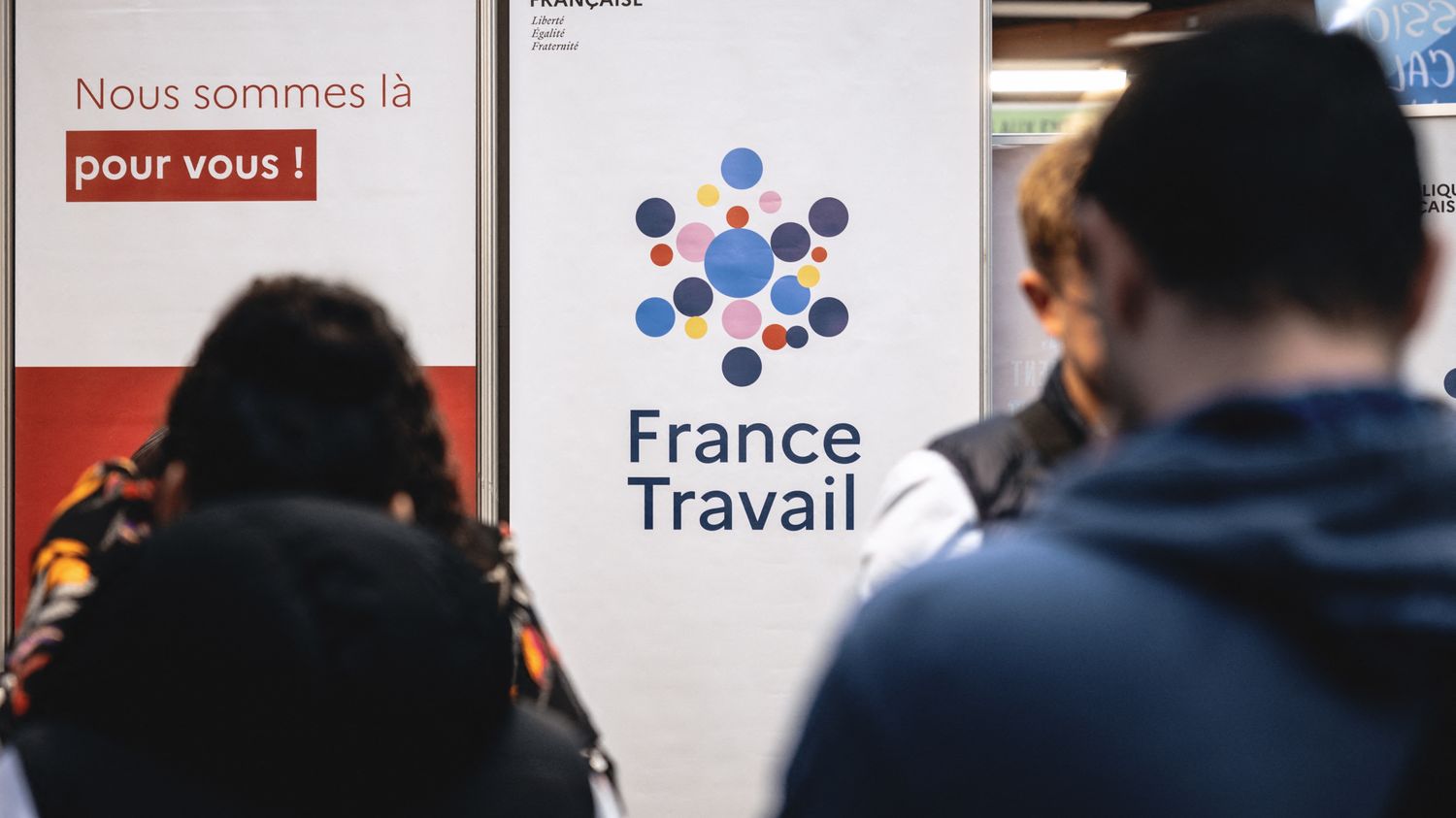France Travail recorded 523,400 checks last year. Only 17% of job seekers checked were sanctioned for insufficient search.

Published
Reading time: 1 min

Thousands of checks, for what results? Nearly two thirds (65%) of job seekers checked in 2023 were looking for “active” job and 18% needed to be “revitalized”, reports France Travail in a report, Friday April 19. The organization that succeeded Pôle emploi in January recorded 523,400 checks last year, up 4.4% compared to 2022. In total, 17% were sanctioned for insufficient research.
Nearly half (45%) of the checks concerned professions in shortage, more than one in four (26%) were carried out randomly while 15% followed a report from the jobseeker’s advisor. . “When the control is triggered randomly, active search and revitalization concern nearly 91% of job seekers checked”, notes the organization. Conversely, “it is the checks carried out at the request of the referring advisor which result in the highest rate of delisting”: 43% of controls closed in 2023.
An evolution of controls in 2025
During an inspection, are checked “all job search procedures or actions aimed at taking over, creating or developing a business”, details France Travail in a press release. In 2022, six months after the checks carried out, 49% of applicants had found employment, but it was only long-term employment (permanent or fixed-term contract of six months or more) in 17% of cases.
The terms of job search controls will evolve in 2025 according to the “full employment” law, with the establishment “a system in which the general behavior of the job seeker will be assessed on the basis of a set of multiple indices”. This development will be the subject of an experiment in eight regions: Auvergne Rhône-Alpes, Brittany, Grand Est, Hauts-de-France, Réunion, Nouvelle-Aquitaine, Occitanie, Provence-Alpes-Côte d’Azur.
At the beginning of March, Prime Minister Gabriel Attal wished “accelerate” France Travail’s controls on job seekers, particularly in professions in shortage, which will triple by 2027, going from 500,000 per year to 1.5 million.
